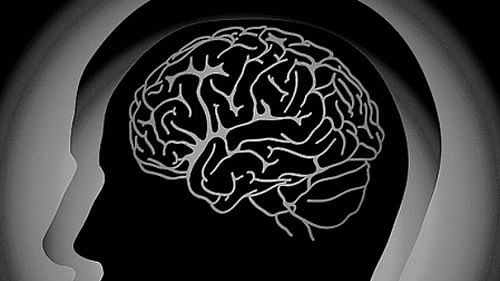
Representative image of human brain.
Credit: DH Illustration
New Delhi: Brain activity in people engaged in online interactions, such as over Zoom, was substantially suppressed compared to that in people having face-to-face conversations, researchers have found.
Our brains are finely tuned to process dynamic facial cues, which are a primary source of social information, during real in-person encounters, the researchers from Yale University said.
"In this study, we find that the social systems of the human brain are more active during real live in-person encounters than on Zoom, which appears to be an impoverished social communication system relative to in-person conditions," said Joy Hirsch, professor of comparative medicine and neuroscience, and senior author of the study published in the journal Imaging Neuroscience.
For the study, Hirsch's team recorded the brain's responses, or neural response signals, in individuals engaged in live, two-person interactions, and in those involved in two-person conversations on Zoom, the popular video conference platform.
The researchers found that the strength of neural signaling was 'dramatically' reduced on Zoom compared to in-person conversations.
The increased brain activity among those engaged in face-to-face interactions were associated with increased gaze time and pupil diameters, all of which indicate increased arousal in the two brains. It was also characteristic of enhanced face processing ability, the researchers said.
Further, more coordinated neural activity was seen between the brains of individuals conversing in-person, which, the researchers said, suggested enhanced reciprocal exchanges of social cues between the interacting partners.
"Overall, the dynamic and natural social interactions that occur spontaneously during in-person interactions appear to be less apparent or absent during Zoom encounters," said Hirsch.
"This is a really robust effect," said Hirsch, whose lab developed a suite of neuroimaging technologies allowing the research team to study interactions between two people in natural settings in real-time.
The study findings illustrate how important live, face-to-face interactions are to our natural social behaviours, Hirsch said.
"Online representations of faces, at least with current technology, do not have the same 'privileged access' to social neural circuitry in the brain that is typical of the real thing," she said.